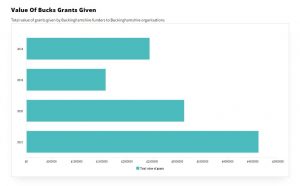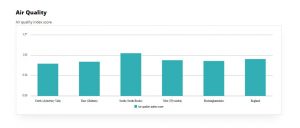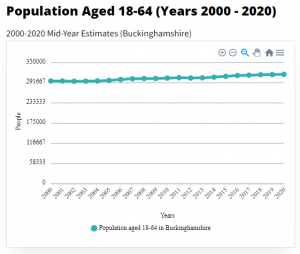This table shows the different methods of operation that registered charities in Buckinghamshire undertake, according to categories set by the Charity Commission. The data reveals that the most common method of operation is to provide buildings, facilities and open spaces with 564 charities in Buckinghamshire doing this. The least common method of operation was for charities to sponsor or undertake research with just 61 charities doing this. It is worth noting that a single charity can operate in many different ways and this table is restricted by the data contained in the Charity Commission database.
This data was collated by Community Impact Bucks for their State of the Sector 2019 report. It used source data from the Charity Commission’s register of charities. Community Impact Bucks published a methodology report explaining how they undertook the analysis and calculated their findings. Community Impact Bucks were able to find classification data for 1,789 Buckinghamshire charities, reflected in the table below. However, there are more charities registered in Buckinghamshire than this, and more voluntary and community sector organisations who are not registered charities, reflecting gaps in the dataset.
* The categories in this table reflect the naming conventions used by the Charity Commission.












